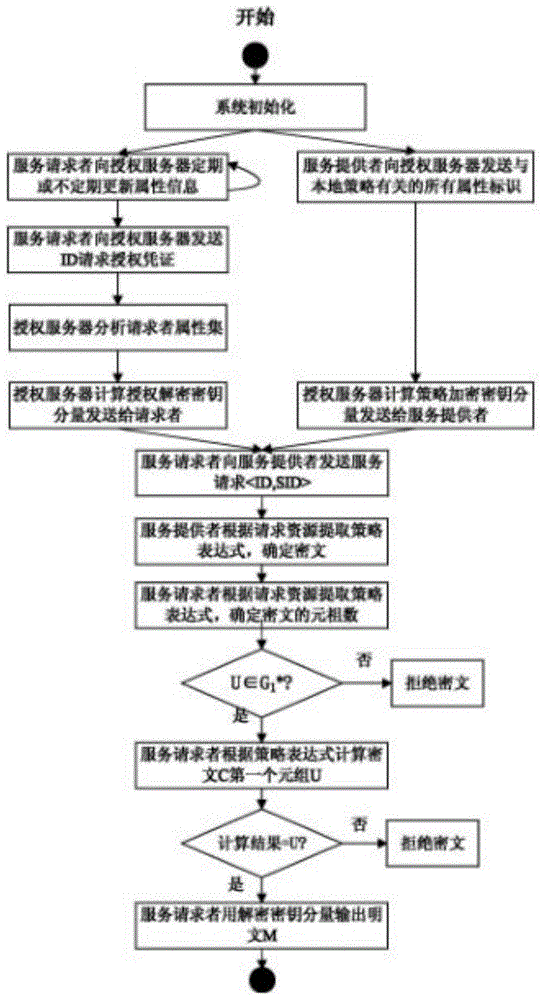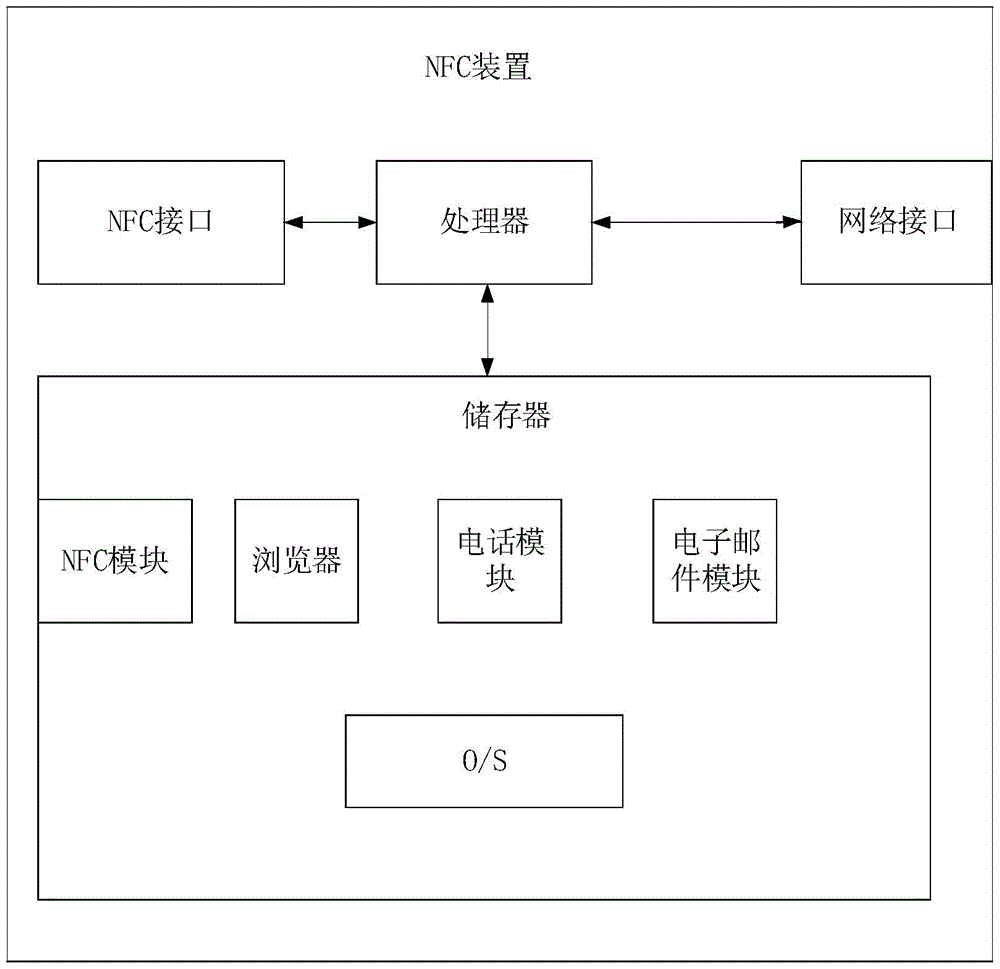Spatial data security control system based on access mode protection
A technology of spatial data and security control, applied in transmission systems, electrical components, etc., can solve problems such as reducing the degree of information disclosure
- Summary
- Abstract
- Description
- Claims
- Application Information
AI Technical Summary
Problems solved by technology
Method used
Image
Examples
Embodiment Construction
[0095] In order to make the object, technical solution and advantages of the present invention more clear, the present invention will be further described in detail below in conjunction with the examples. It should be understood that the specific embodiments described here are only used to explain the present invention, not to limit the present invention.
[0096] The application principle of the present invention will be further described below in conjunction with the accompanying drawings and specific embodiments.
[0097] The application principle of the present invention will be further described below in conjunction with the accompanying drawings.
[0098] like figure 1 : a kind of space data security control system based on access mode protection, including authorization server, service provider, service requester, radio frequency identification (RFID) reader and RFID label; Described authorization server is connected with service requester and service provider respecti...
PUM
 Login to View More
Login to View More Abstract
Description
Claims
Application Information
 Login to View More
Login to View More - R&D
- Intellectual Property
- Life Sciences
- Materials
- Tech Scout
- Unparalleled Data Quality
- Higher Quality Content
- 60% Fewer Hallucinations
Browse by: Latest US Patents, China's latest patents, Technical Efficacy Thesaurus, Application Domain, Technology Topic, Popular Technical Reports.
© 2025 PatSnap. All rights reserved.Legal|Privacy policy|Modern Slavery Act Transparency Statement|Sitemap|About US| Contact US: help@patsnap.com



